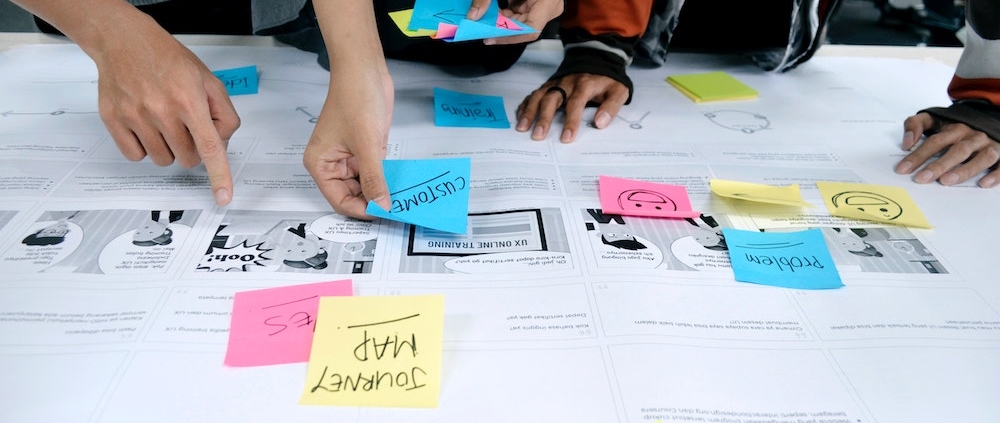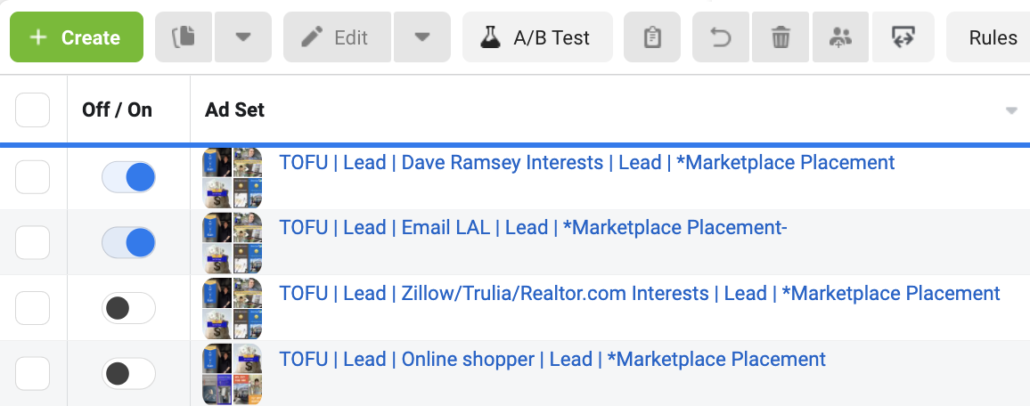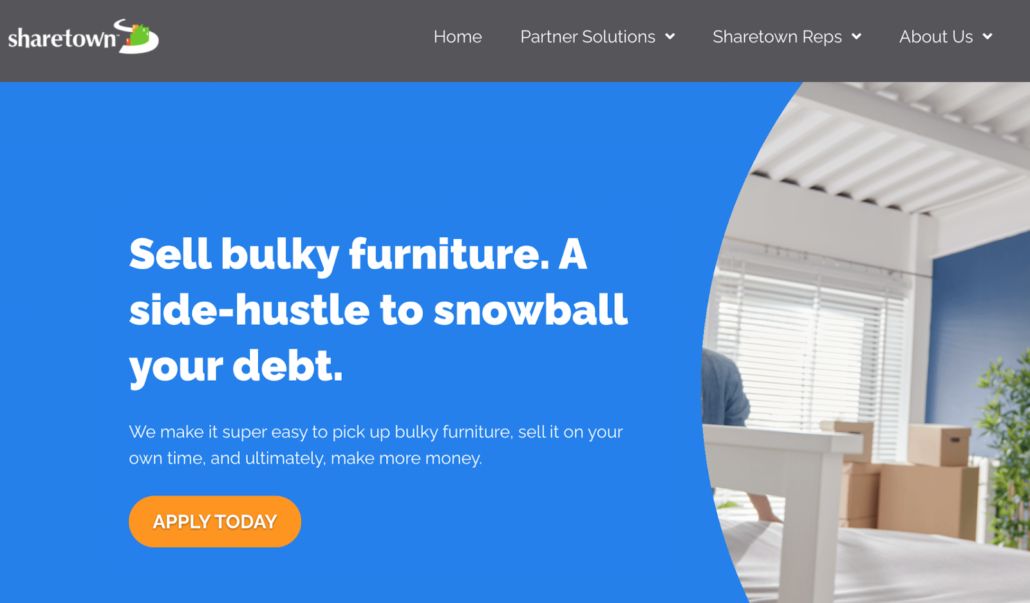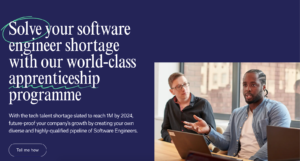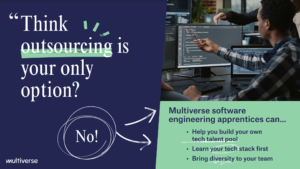How (and why) You Should Optimize Landing Page Copy For Each Target Audience
When we think about developing 1:1 messaging for our targeting audiences, our brains immediately think: ad creative. Making sure that the image, caption and headline speak directly to the audience you’re targeting is critical to our success as a growth marketing agency, for sure. But it’s equally as important to think about the landing page experience, too.
CRO is a big, broad (and kinda vague) marketing term we like to throw around a lot. We could write about CRO strategies, best practices, and what’s been successful for our partners for days. For the purpose of this blog, we’re focusing on developing landing pages for paid campaigns that use value props and messaging specific to different target audiences to improve the user experience.
Optimize existing landing pages with small copy tweaks
The targeting options are almost endless on paid social, and there’s so many different combinations of interests and behaviors that could indicate a user fits in your audience persona. Oftentimes, we’ll find ourselves running several prospecting audiences at once, all applicable to our target audience persona, but potentially different in the actual ad channel.
Take this example from one of our partners, Sharetown. Their target audience is anyone living in a suburban area, with an entrepreneurial spirit, that’s looking for a side hustle. They’re probably married, have a family, and between the ages of 25-40. There are SO MANY different ways of targeting that group of people on Facebook – and we’ll test several ad sets to see which targeting combo is most efficient.
The Dave Ramsey interest audience has always been a top performing audience for us – a personal finance guru of sorts who teaches his followers how to get out of debt and build their personal wealth. When the conversion rate to our original landing page started to dip, we built out a new version of our main paid social landing page that uses terminology the Dave Ramsey audience is familiar with.
This simple copy tweak in the hero zone of our landing page increased our conversions 38% the first month we implemented it.
From a strategic perspective, we didn’t start out with custom landing pages for each and every interest audience on Facebook. We instead focused on testing new landing pages for all of our audiences to find pockets of success. After we ran campaigns to our top performing paid landing page for a bit, scaled budget, THEN saw our CVRs dipping, we refreshed the landing page we drove our top performing prospecting audience to with copy that was most relevant to them.
Build custom landing pages based on each audience persona’s pain points
If the targeting options are there, and you’re able to clearly segment your campaign structure with two to three audience personas, there’s nothing wrong with building out ad experiences that are custom to each of their pain points.
The key to being successful with this approach: ensuring that your audience in the ad channel is specific enough to resonate with more individualized messaging, but not compromising your audience size with targeting that’s too narrow.
Take our partners over at Multiverse for example. Our Tuff team helped build awareness around their software engineering apprenticeship program in the U.S. Multiverse has two different B2B audiences for this program, and we were able to target narrowly enough to prevent overlap between the two main personas, while making sure our audiences were a decent size.
After researching the audience targeting capabilities on LinkedIn, we decided to create custom ad journeys and landing page experiences for each persona. Why? Because they experience very different pain points, and our value props were stronger when we could use 1:1 messaging for each audience.
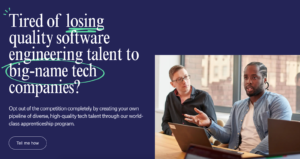
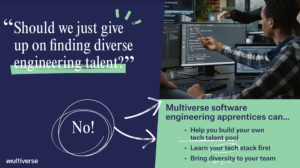
The copy is close, and maps back to a similar value prop, but articulates the problem in a way that’s customized to each audience. We’re only able to speak directly to each audience persona in this way because the targeting options work in our favor on LinkedIn.
Paid search and how your landing page experience is critical to success
Quality score, costs on Google, and the landing page you’re driving traffic to all go hand-in-hand. One of the simplest ways to optimize your Google ads campaigns is to make sure that the keyword you’re targeting and your ad copy make it onto your landing page.
Wizardry does exist where you could dynamically insert keywords into your landing page. You’re able to see strong results with this approach, for sure. Like any dynamic keyword insertion tactic, you do run the risk of things getting a little weird.
Here at Tuff, our PPC team organizes similar keywords into the same ad group on Google. This structure allows our team to create landing pages that are specific to certain keyword phrases.
MyWellbeing is an excellent example of this. MyWellbeing is an online therapy platform that matches therapy seekers with therapists that are right for them. One of the things that makes MyWellbeing unique is their matching process – where individuals can select things that are important to them in a therapist. MyWellbeing is particularly successful among the LGBTQIA+ community in New York, because it’s hard to find LGBTQIA+ therapists that can truly relate with what the therapy seeker is going through.
We saw that keyword phrases like “lgbtq therapist in nyc” is a top performing keyword for us in terms of clicks and volume, but didn’t stand out in terms of conversion rate. To optimize the landing page experience and improve our overall quality score on Google ads, we incorporated those search terms into the hero zone of that landing page.
This landing page tweak led to a 25% conversion rate for our paid search campaigns.
Landing pages for paid campaigns can always be tested and improved upon. It’s so easy to focus on your ad creative and targeting, but the reality is that your landing page experience has a stronger impact on your paid performance than almost any other campaign element.
There are so many ways to approach a landing page test. The next time you start brainstorming ways to improve your campaign, try a 1:1 messaging approach, and let us know how it goes!
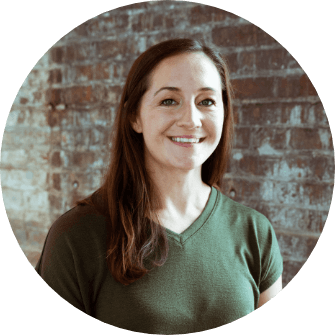
Kristin is a senior growth marketer and COO at Tuff. After working in a variety of agency landscapes, Kristin found her way to Tuff to work with teams who make make marketing decisions rooted in data and tied to revenue growth. When she’s not building growth strategies or working with the Tuff team to improve our processes, you’ll find her chasing her two kiddos around the house or playing fetch with her dogs.
